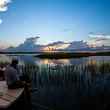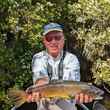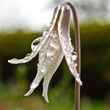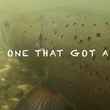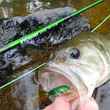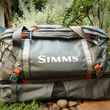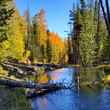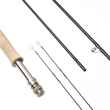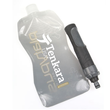RIO has continued adding to its arsenal of lines for spey anglers as well as its integration of its "ultra-low stretch" ConnectCore technology across its lineup with the addition of the new Skagit Max Long shooting head. Also new to RIO's array of two-hander offerings is the two new VersiTip packages, the Skagit Max Long VersiTip and the Skagit Max Short VersiTip.
The new Skagit Max Long is a new, extra long skagit head designed for casting big flies and big tips with big rods. The Skagit Max Long ranges in length from 27 ft to 30 ft, starting where many traditional skagit heads end and venturing into lengths traditionally the domain of Scandinavian style heads. Grain weights range from 500 to 750 grains.
RIO calls the new head "an exceptionally easy casting Skagit style shooting head that will cast big flies, and the heaviest sinking tips with the utmost of ease. A unique taper design not only casts all the nasty stuff associated with Skagit fishing, but also forms beautiful loops and is extremely pleasant to cast." As noted, the Skagit Max Long is built on RIO's ConnectCore technology. And, like all of RIO's lines of late, includes welded front and back loops with their Easy ID labeling system for quick line identification.





